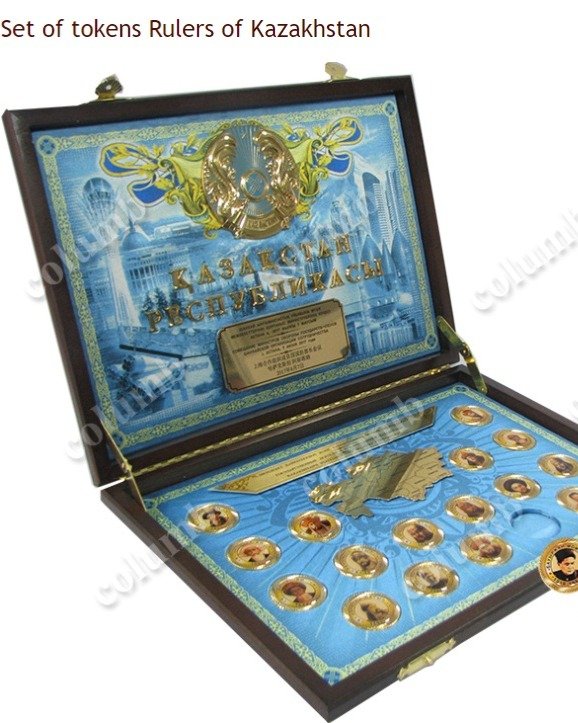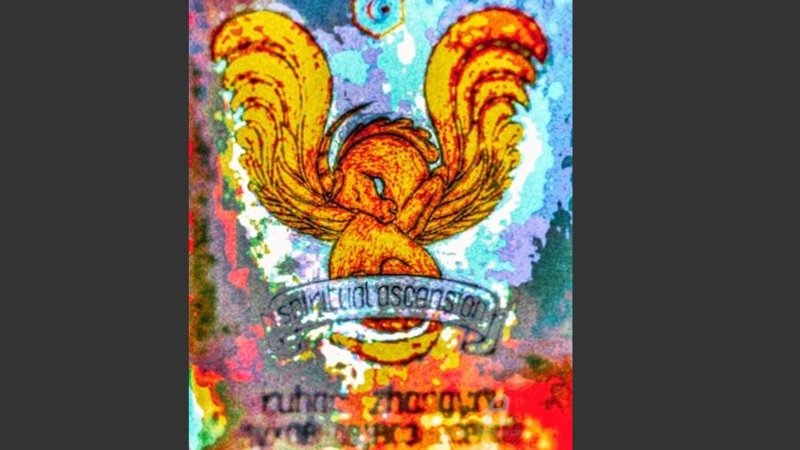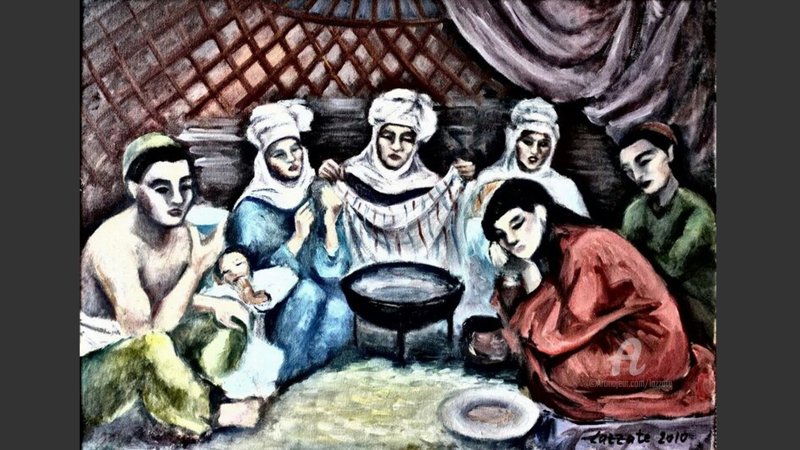Kazakh state symbols inspire digital art and NFT projects
As Kazakhstan marks the Day of State Symbols on June 4, the country’s official symbols, cultural heritage, and historical milestones are receiving new life in the digital realm. In this article, a Kazinform News Agency correspondent observes how local artists, entrepreneurs, and developers are actively integrating elements of national identity into blockchain-based projects, digital paintings, and NFT collections, expanding public engagement with Kazakhstan’s rich traditions both at home and abroad.

National symbols in digital collections: From independence to modern art
Among the prominent examples is the Kazakhstan NFT Collection, created by a group of artists and crypto enthusiasts from Kazakhstan, France, and Japan. This collection reflects key moments of Kazakhstan’s modern history, including the introduction of the national currency - the tenge - in 1993 and the relocation of the capital from Almaty to Astana (formerly Akmola) in 1997.
The collection also features the Monument to Independence in Almaty, which includes the image of a Saka warrior and a snow leopard - both referencing the famous archaeological discovery of the “Golden Man,” an ancient symbol of Kazakhstan’s statehood and cultural heritage. These NFTs serve not only as digital artworks but also as educational narratives about the country’s development since independence.
In addition, the OpenSea platform has introduced the NFT Kazakhstan Country Trading Card, designed as a digital collectible card. Its visual concept incorporates state symbols such as the sun and golden eagle from the national flag and coat of arms, emphasizing Kazakhstan’s national identity. Created on the Polygon blockchain using the ERC-1155 standard, the collectible is available in a limited edition of five copies.
Kazakhstan’s national currency itself has also become a subject of creative reinterpretation in the digital space. The National Currency of the Republic of Kazakhstan coin series, traditionally issued to mark the country’s independence, has inspired digital versions that reflect the evolution of the tenge as one of the country’s important state symbols. The coins and banknotes depict prominent Kazakh figures such as philosopher Al-Farabi, composer Kurmangazy, and poet Abai, whose images are now reimagined in NFT format, bringing new visibility to Kazakhstan’s monetary and cultural heritage in the global digital economy.


Nature, conservation and digital innovation: The birds of prey project
The fusion of technology and art is further exemplified by the Birds of Prey project, developed by Kazakhstan’s Obscura team. This initiative focuses on preserving golden eagles, saker falcons, vultures, and other birds of prey, which are closely associated with Kazakhstan’s natural and cultural identity and long serve as powerful symbols of freedom and strength.
Using NFT sales to fund conservation efforts, the project allows buyers to acquire 3D eggs as NFTs, which digitally “hatch” into chicks over time. A portion of proceeds supports the Sunkar nursery, which breeds and releases birds back into the wild. This innovative model combines environmental protection with digital technologies, expanding Kazakhstan’s presence in global blockchain and NFT communities.

Kazakh artists showcase state symbols on the global digital stage
Individual artists are also playing an important role in promoting state symbols through digital art. Almaty-based artist Kuvandik Dusmanov explores national identity in his digital painting series such as “Future. Spiritual Ascension,” created with modern digital tools and styluses.

His works often feature elements of traditional Kazakh symbolism, including the shanyrak and tulpar. As a form of digital art, his creations belong to a diverse field that utilizes the language and capabilities of digital devices, computers, interfaces, and networks. Drawing on his background in classical art and engineering, Dusmanov incorporates state and cultural symbols into his Web 3.0-based Golden Generation NFT project, which has been selected for the TECHPRENEURS program at Astana Hub.
Architect and digital artist Lazzate Maral, who has represented Kazakhstan at international exhibitions in Europe, Asia, and the United States, also integrates national motifs into her work.

With a career spanning several decades, Maral combines classical art education with modern digital formats, further promoting Kazakh culture and state symbolism on the global art stage. Among her works is the Les KAZAKHS series, first created in 2010 and later adapted into digital versions. One of these digital pieces, “Les KAZAKHS YOURTE,” is executed in a more graphic and dramatic style, using digital painting techniques with the help of a computer, graphic tablet, and stylus. Through such works, Maral continues to reinterpret Kazakh identity, blending traditional cultural themes with contemporary digital art forms.
As Kazakhstan celebrates State Symbols Day, these projects show how the country’s historic symbols — from the Golden Man to the tenge and the soaring birds of prey — continue to evolve in the digital age. Through NFTs and digital art, Kazakhstan’s identity finds new expression, blending centuries-old traditions with cutting-edge technologies and presenting its rich cultural narrative to audiences around the world.
Earlier, it was reported that President Kassym-Jomart Tokayev discussed Kazakhstan’s progress in digitalization in an exclusive interview with Sami Zeidan of Al Jazeera.
